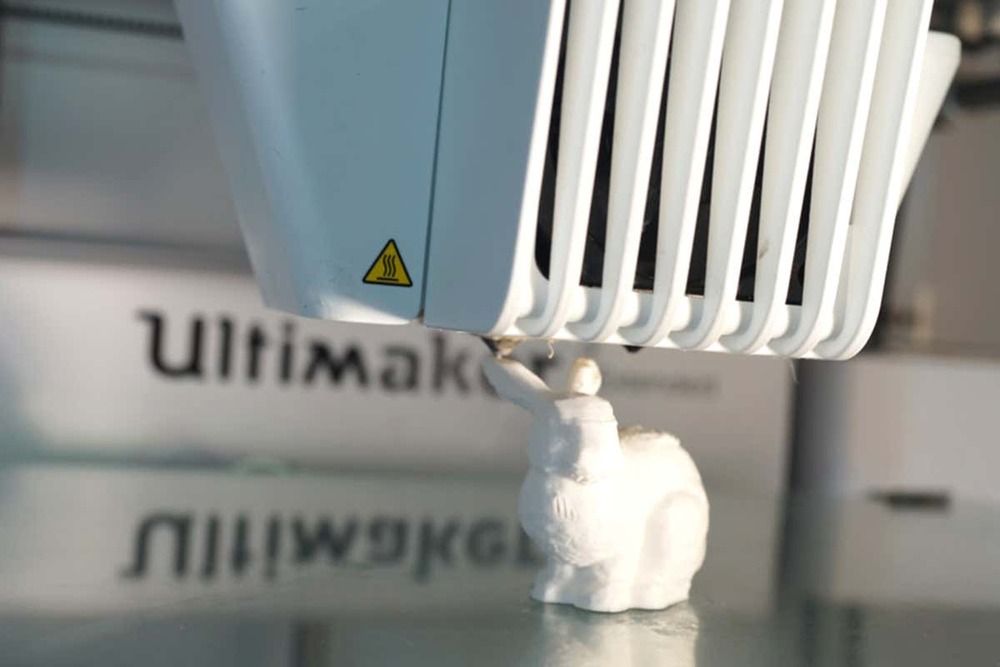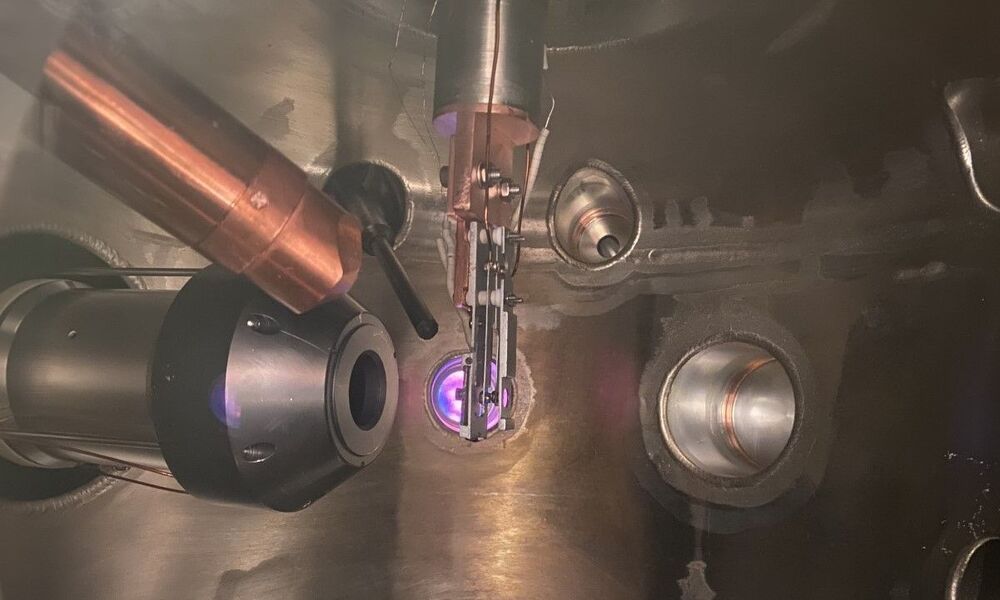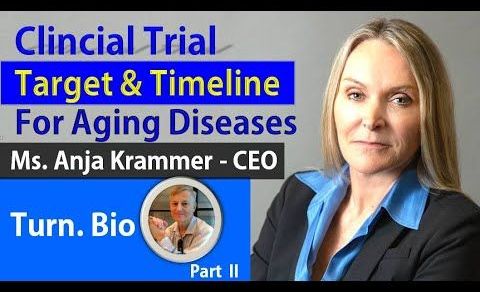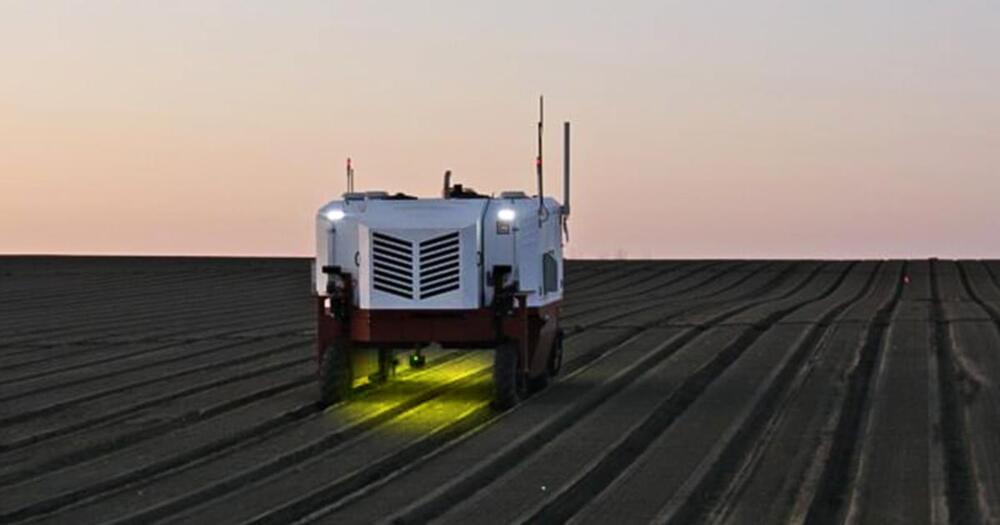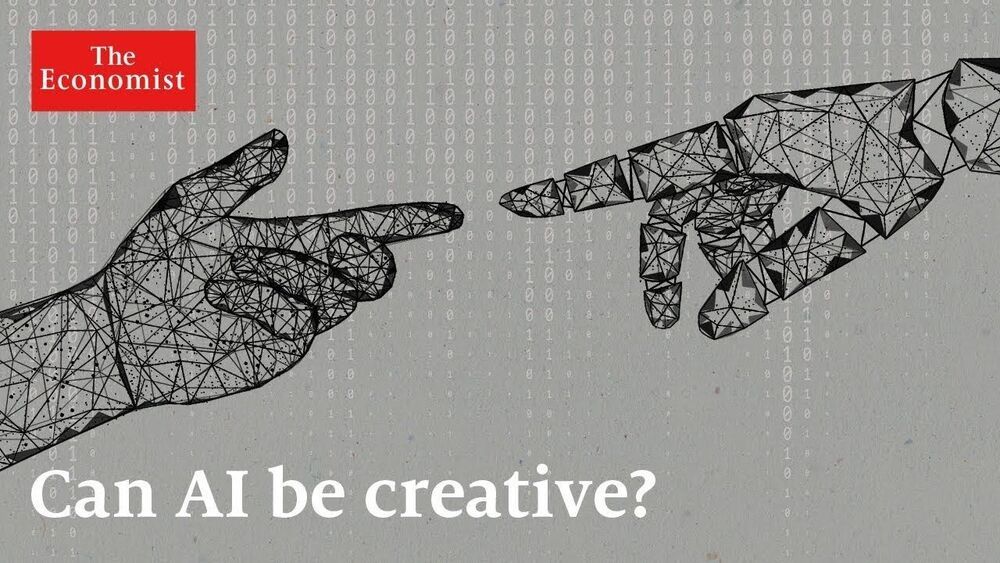
Cryopreservation, or the long-term storage of biomaterials at ultralow temperatures, has been used across cell types and species. However, until now, the practical cryopreservation of the fruit fly (Drosophila melanogaster)—which is crucial to genetics research and critical to scientific breakthroughs benefiting human health—has not been available.
“To keep alive the ever-increasing number of fruit flies with unique genotypes that aid in these breakthroughs, some 160000 different flies, laboratories and stock centers engage in the costly and frequent transfer of adults to fresh food, risking contamination and genetic drift,” said Li Zhan, a postdoctoral associate with the University of Minnesota College of Science and Engineering and the Center for Advanced Technologies for the Preservation of Biological Systems (ATP-Bio).
In new research published in Nature Communications, a University of Minnesota team has developed a first-of-its-kind method that cryopreserves fruit fly embryos so they can be successfully recovered and developed into adult insects. This method optimizes embryo permeabilization and age, cryoprotectant agent composition, different phases of nitrogen (liquid vs. slush), and post-cryopreservation embryo culture methods.
